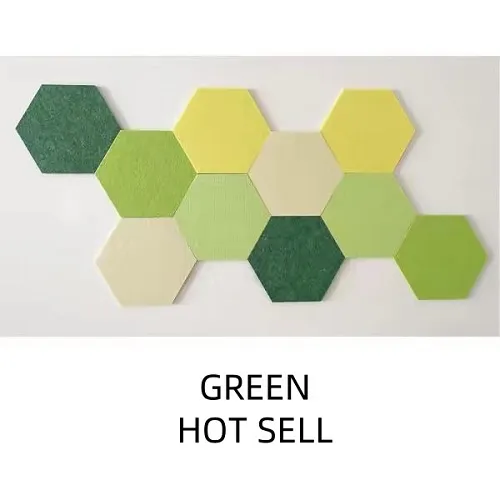felt process
The Felt Process Crafting Artistry from Fiber
Felt making is an ancient art form that has transcended cultures and centuries, bringing together the simplicity of nature and the creativity of the human spirit. The felt process involves transforming raw wool fibers, water, soap, and friction into a cohesive and durable fabric. This unique technique dates back thousands of years, with evidence of felt use found in various archaeological sites around the world. The felt process not only showcases the beauty of fibers but also promotes sustainable practices, making it increasingly relevant in today's eco-conscious society.
At its core, the felt process begins with selecting high-quality wool. The type of wool used can significantly impact the final product. Merino wool, known for its fine fibers, creates soft and delicate felt, making it ideal for garments and accessories. Coarser wools, like Corriedale or Romney, provide sturdier felt suitable for more functional items such as rugs or bags. The first step involves washing and carding the raw wool to separate the fibers and prepare them for felting. Carding creates a fluffy batt of wool that is essential for even felting.
Once prepared, the wool batt is layered and shaped as desired. This phase is crucial, as the arrangement of fibers influences the thickness and texture of the final felt. It is also during this step that artists often incorporate colors, patterns, or even decorative elements such as silk or other natural fibers. This creative layering allows for endless possibilities, making each felt piece a unique work of art.
Next, the magic happens through the felt-making technique, which requires water, soap, and friction. The wool fibers are saturated with warm, soapy water, and then rolled, rubbed, or agitated. This action causes the microscopic scales on the wool fibers to interlock, creating a dense and sturdy fabric. This transformation can be both physical and sensory, as the artisan feels the fibers change under their hands from loose fluff to compact felt.
felt process

The patience required during the felt process is part of its charm. It can take anywhere from a few minutes to several hours to achieve the desired thickness and firmness. Once the felting process is complete, the felted piece is rinsed thoroughly to remove any soap residue, and then it is shaped, dried, and sometimes embellished further. The end result is a versatile fabric that can be used in endless creative projects, from headwear and bags to intricate wall art.
Sustainability is a significant aspect of the felt process. Wool is a renewable resource, and the process itself can be eco-friendly, especially when using natural dyes and minimizing water waste. Moreover, felt can be biodegradable, making it an excellent choice for environmentally conscious consumers.
In addition to its aesthetic appeal and sustainability, felt-making fosters community and craftsmanship. Workshops and classes are common, where individuals gather to learn the craft and share ideas. This collaborative aspect enriches the experience and allows for the exchange of traditions and techniques across generations.
In conclusion, the felt process is a beautiful fusion of art and technique, grounded in nature and creativity. As we move towards a more sustainable future, exploring traditional crafts like felt-making not only honors our past but also contributes to a more mindful approach to production and consumption. Through the careful manipulation of fibers, artisans create not just fabric, but a tangible connection to culture, community, and the environment. Whether a beginner or an experienced craftsperson, the journey of felt-making is one that invites exploration, expression, and connection.
-
What Makes Felt a Great Choice?NewsNov.19,2024
-
Total Mixed Ration (TMR) Feed for CattleNewsNov.19,2024
-
The Ultimate Guide for Felt Polishing WheelsNewsNov.19,2024
-
Industrial Felt for Various ApplicationsNewsNov.19,2024
-
Felt Makeup Bags and Inserts BagsNewsNov.19,2024
-
Choosing the Right Hotel TowelsNewsNov.19,2024
-
Your Go-To Guide For Affordable Wholesale Wool FeltsNewsOct.31,2024







